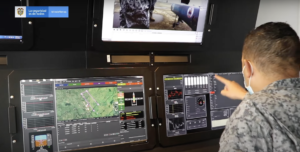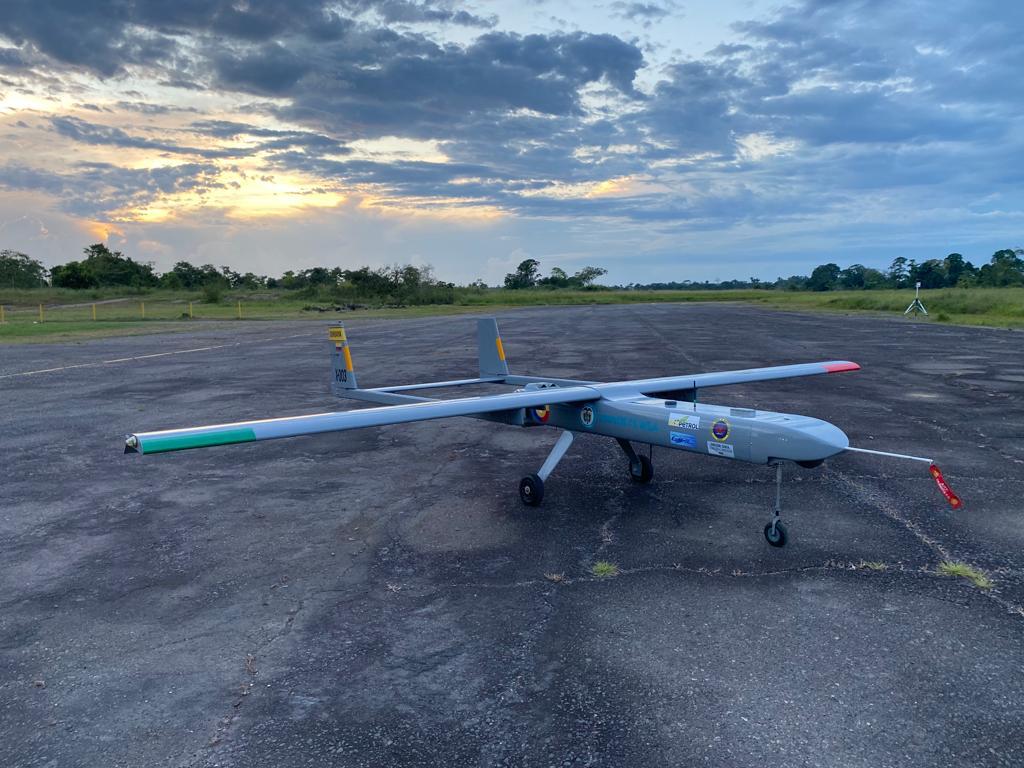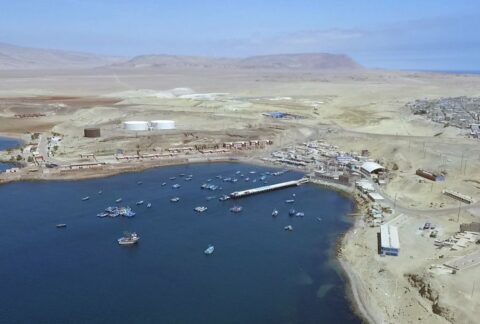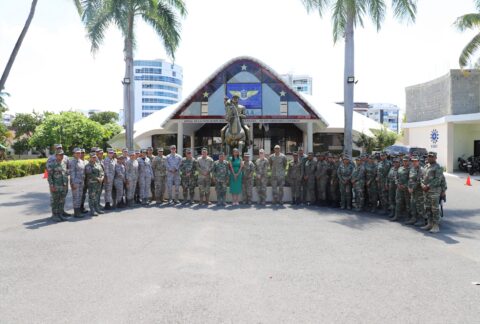One of the main projects of the Colombian Ministry of Defense, the unmanned aerial system (UAS) Quimbaya, 100 percent Colombian military technology, is about to conclude operational tests to begin surveillance, border control, and crime-fighting missions.
“The system is currently in the fourth phase. We are finishing tests […] of military integration and operation with the Colombian Air Force [FAC],” FAC Major Omar Salas, who manages the UAS Quimbaya project, told Diálogo. “We hope that in the second half [of 2022] we will be doing tests in laboratories and on the system. By year end we will have aeronautical certification for the operational system,” he said. In 2021 the FAC conducted flight tests with satisfactory results.
The UAS, developed by the Ministry of Defense, together with the FAC and the Colombian Aeronautical Industry Corporation (CIAC), takes its name from a pre-Columbian ethnic group known for its production of high quality and beautiful gold pieces, the FAC said.

According to the FAC, the Quimbaya will have an impact on military intelligence missions, zone reconnaissance, border surveillance, and road and maritime control, and support the fight against transnational threats, narcotrafficking, and illegal mining. The UAS will also conduct surveillance and reconnaissance of the country’s critical infrastructure, as well as cartographic mapping and aerial imagery.
“We’ve been working on this project for almost seven years, now we see it operational and practically […] completed,” Maj. Salas said. “This military technology in aviation puts Colombia at the forefront, along with Mexico and Brazil, with the capability to generate military guidance and control technology.”
Features
The system has two air vehicles, a control station abiding by North Atlantic Treaty Organization (NATO) standards, and communications antennas. Each unmanned aerial vehicle (UAV) is composed of two sensors and two cameras for day, night, and automatic navigation operations. It can also be configured, Maj. Salas added.
This fixed-wing drone can fly for more than 8 hours, reach up to 100 km/h, and weighs 70 kilograms. It is 4.5 meters long and has a wingspan of 5 m, according to the CIAC.
“The Quimbaya is going to allow us to have visibility, surveillance, and reconnaissance in those [critical areas where illegal groups operate] at lower costs than we currently have,” Maj. Salas said.
Colombian models
Colombia has been working on the design and development of other types of UAVs, based on the armed forces’ operational experiences, for the security, civil, and commercial sectors, Argentine magazine Pucará Defensa reported.
One of them is the Coelum drone, which is portable and easy to transport, weighs 5 kg, has an autonomy of 60 to 90 minutes, and a range of 15 km (which can be extended). The drone can identify situations around troops that are not discernible with the naked eye, the magazine reported.
According to Colombian daily El Tiempo, the Colombian military already had other drones such as the Israeli-made Hermes 450 and Hermes 900, as well as the U.S. Boeing Insitu ScanEagle for patrolling and locating high-value targets.
Long term
Once the functional testing phase is completed, the FAC will be the first operator of the Quimbaya. The National Police plans to use it for border and road surveillance. The National Navy will use it beyond the coasts to monitor the Caribbean and the Pacific, Maj. Salas said.
“In the long term, with the capabilities we have, we are already assessing and validating the possible development of a strategic system, a much larger aircraft [Hermes 900 type] that has satellite capabilities and links, which would allow us to fly all over Colombia connected by satellite,” Maj. Salas concluded.









